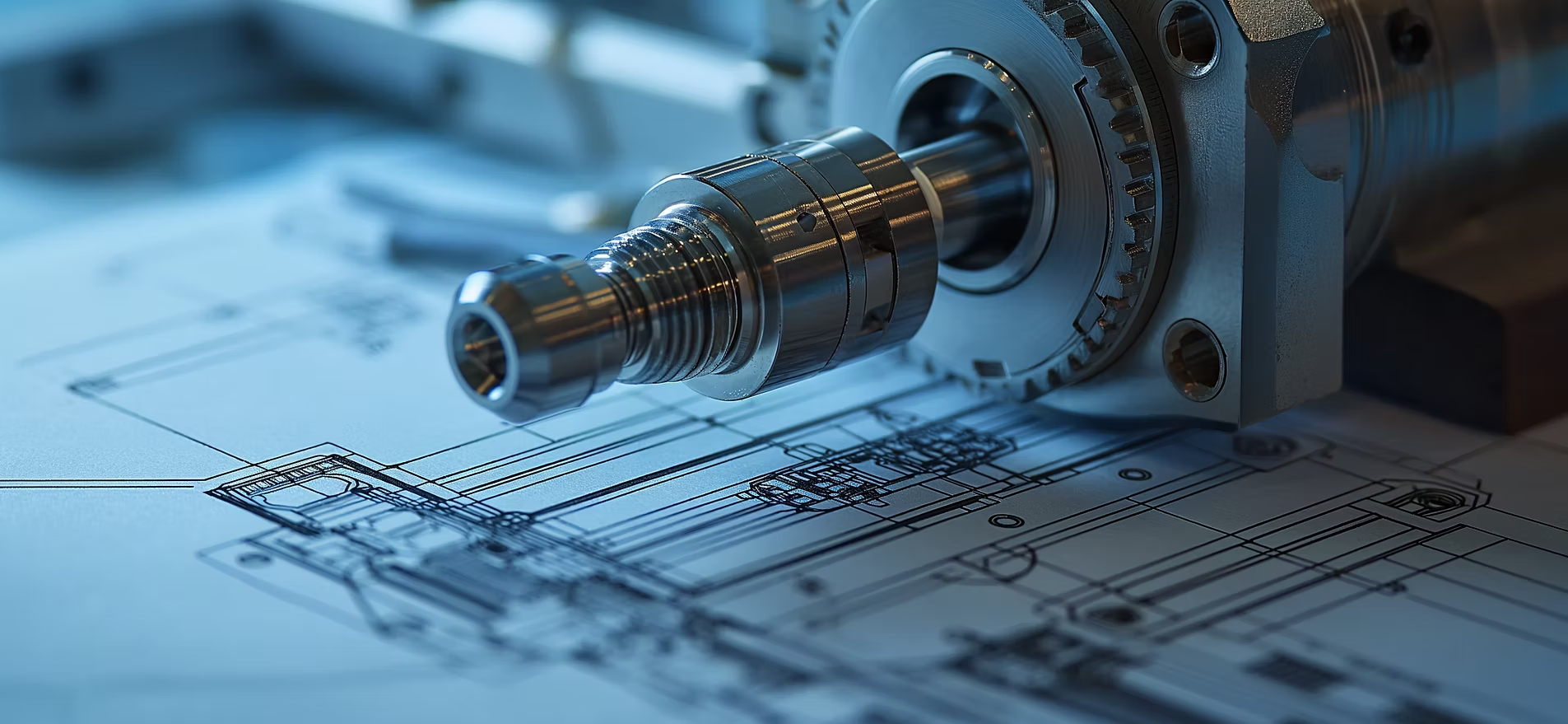
To learn more about the impact of our work, explore the extensive list of publications featuring our research and developed technologies.
Thermomechanical Processing of Hot C-Mn Steels
Thermomechanical processing (TMP) is a critical technique for optimizing the microstructure and mechanical properties of hot C-Mn steels during hot rolling. By carefully controlling the temperature and strain rate during deformation, it’s possible to manipulate the formation of austenite, ferrite, and pearlite phases. Physical simulations, such as hot torsion and compression tests, provide invaluable insights into the material’s behavior under these conditions. These tests allow researchers to study the relationship between processing parameters, microstructural evolution, and the resulting mechanical properties. Through this understanding, optimized TMP schedules can be developed to achieve desired properties like strength, ductility, and toughness, leading to improved performance in various applications.
Severe Plastic Deformation, Grain Refinement, and Advanced Materials
Severe Plastic Deformation (SPD) is a powerful technique for producing materials with exceptional properties through extreme plastic deformation. Processes like Accumulative Forward Shear Extrusion (AFSE) and spiral extrusion induce intense shear strains, resulting in extraordinary grain refinement. This microstructure refinement leads to enhanced strength, hardness, and wear resistance. SPD has been successfully applied to a wide range of metals and alloys, creating advanced materials with applications in aerospace, automotive, and biomedical industries. Ongoing research focuses on optimizing SPD processes, understanding the underlying mechanisms, and expanding the range of materials suitable for this technique.
Supersonic Velocity Measurement of Projectile and Suppressing Shock Wave Effect
Precise measurement of projectile velocity at supersonic speeds is crucial for various applications, including ballistics, defense, and aerospace. However, the presence of shock waves generated by the projectile can interfere with traditional measurement techniques. To overcome this challenge, researchers are exploring advanced measurement systems capable of accurately capturing projectile velocity while mitigating the impact of shock waves. Techniques such as high-speed imaging, laser Doppler velocimetry, and interferometry are being investigated to develop robust and reliable measurement solutions.
Space Technologies: Mini Satellites and Use of Deployable Mechanisms and Booms
Mini satellites, or small satellites, have revolutionized space exploration and research due to their lower cost and faster development cycles compared to traditional satellites. To maximize their capabilities, deployable mechanisms and booms are essential components. These structures allow for the deployment of large antennas, solar arrays, and scientific instruments from a compact launch configuration. Extensive research is focused on developing lightweight, reliable, and efficient deployable mechanisms that can withstand the harsh space environment. Advancements in materials science, actuators, and control systems are driving innovation in this field.
Non-Contact Roll Gap Measurement of Extruded Plastic Sheets via Temperature Measurement
Accurate and real-time measurement of roll gap in plastic sheet extrusion is crucial for maintaining product quality and process efficiency. Traditional contact-based methods can be susceptible to wear and damage. Non-contact measurement techniques offer advantages in terms of precision, reliability, and process continuity. One promising approach involves utilizing temperature measurements to infer roll gap variations. By correlating temperature profiles with roll gap changes, it is possible to develop robust and non-invasive monitoring systems. This technology has the potential to significantly improve process control and reduce defects in extruded plastic sheets.
Constitutive Behavior of Metals Using Hot/Cold Torsion and Hot Compression
Understanding the constitutive behavior of metals is essential for modeling and predicting their response to various processing conditions. Hot and cold torsion tests provide valuable data on the material’s deformation behavior at different temperatures and strain rates. Hot compression tests further contribute to building a comprehensive material model. By analyzing stress-strain curves, strain hardening, and microstructure evolution, researchers can develop constitutive equations that accurately describe the metal’s behavior. This knowledge is critical for optimizing metal forming processes, predicting component performance, and developing new materials.
